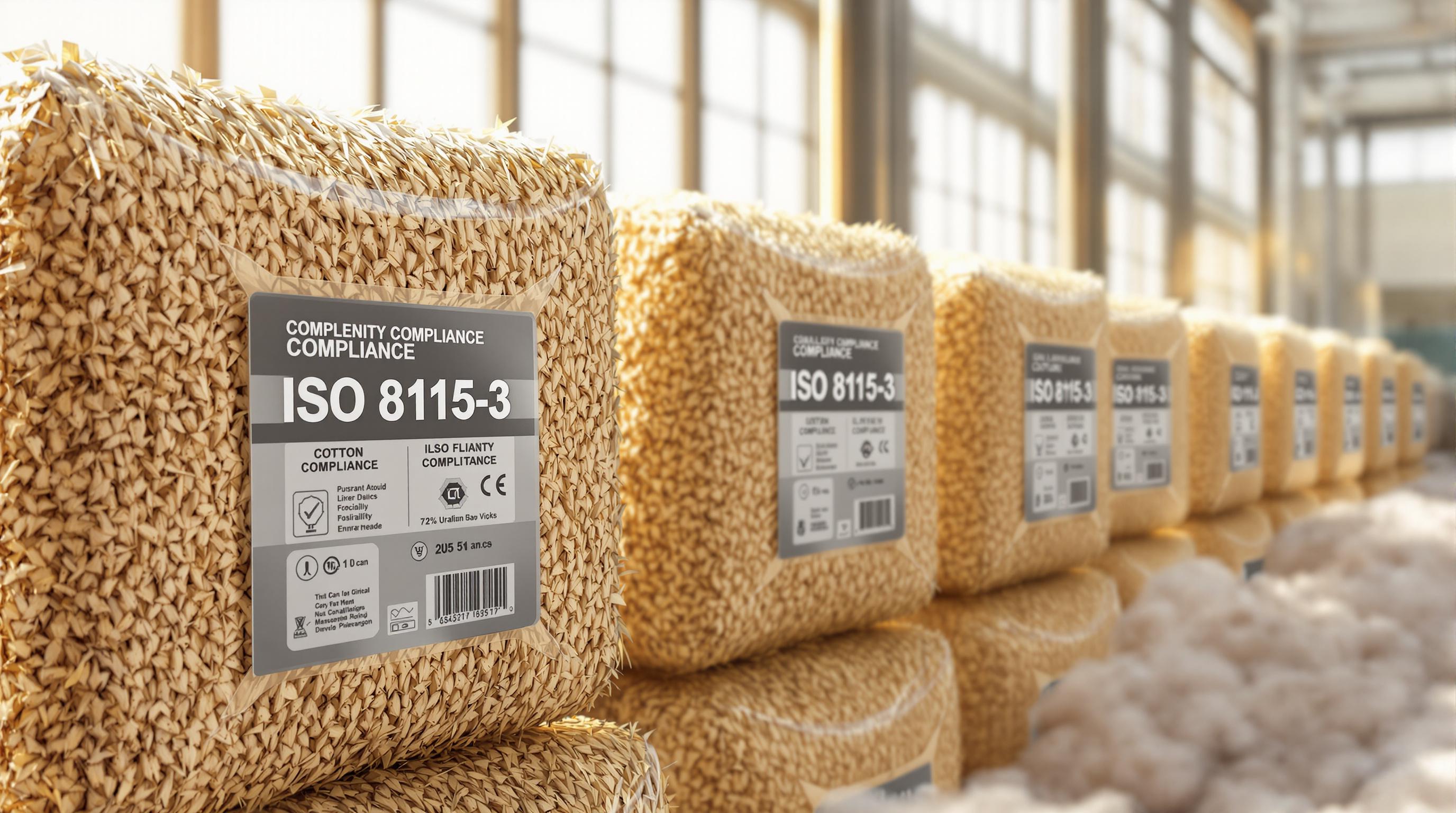Optimize Your Cotton Yield with Soil Health Insights
Growing cotton isn’t just about planting seeds and hoping for the best—it’s about understanding what’s happening beneath the surface. Soil health is the foundation of a successful harvest, and knowing the nutrient balance can make or break your season. Farmers often overlook key factors like nitrogen, phosphorus, potassium, and pH, but these elements directly impact plant vigor and boll quality.
Why Soil Testing Matters for Cotton Growers
Cotton thrives in specific conditions, and even small imbalances can stunt growth or lower yields. For instance, insufficient nitrogen might lead to weak plants, while a pH outside the ideal range can lock up nutrients, making them unavailable to roots. By regularly assessing your fields, you gain clarity on what’s working and what needs attention. Tools designed for analyzing soil fertility offer a quick way to get this data without guesswork.
Take Control of Your Farm’s Future
Armed with precise information, you can apply fertilizers or amendments only where they’re needed, saving time and money. Testing also helps prevent over-fertilization, which can harm the environment. Start with a reliable assessment of your land’s condition, and watch how small changes lead to bigger, better cotton crops year after year.
FAQs
Why is soil fertility so important for cotton farming?
Cotton is a demanding crop that needs the right balance of nutrients to thrive. Without proper levels of nitrogen, phosphorus, and potassium, your plants might struggle with growth, boll development, or disease resistance. Soil pH also plays a big role—too acidic or too alkaline, and the roots can’t absorb nutrients effectively. Testing and adjusting your soil ensures your cotton gets what it needs to produce a healthy, abundant yield. Our analyzer makes this process simple by pinpointing exactly what’s off and how to fix it.
What should I do if my soil nutrients are low?
If your results show low levels of nitrogen, phosphorus, or potassium, don’t worry—there are straightforward ways to address it. For nitrogen, consider applying a fertilizer like urea or compost to boost availability. Low phosphorus can be tackled with rock phosphate or a balanced NPK mix, while potassium shortages often respond well to potash. Just be sure to follow local guidelines and retest after a few weeks to avoid over-applying. Our tool will give you specific suggestions based on how far off your levels are.
How often should I test my soil for cotton cultivation?
Ideally, you should test your soil at least once a year, preferably before planting season. This gives you a baseline to work from and helps you adjust nutrient levels in time for sowing. If you’ve had issues with yield or plant health, testing twice—once pre-season and once mid-growth—can help you catch problems early. Also, if you’ve applied fertilizers or amendments, a follow-up test after a month or so can confirm if things are moving in the right direction. Regular checks keep your soil in top shape for cotton.


